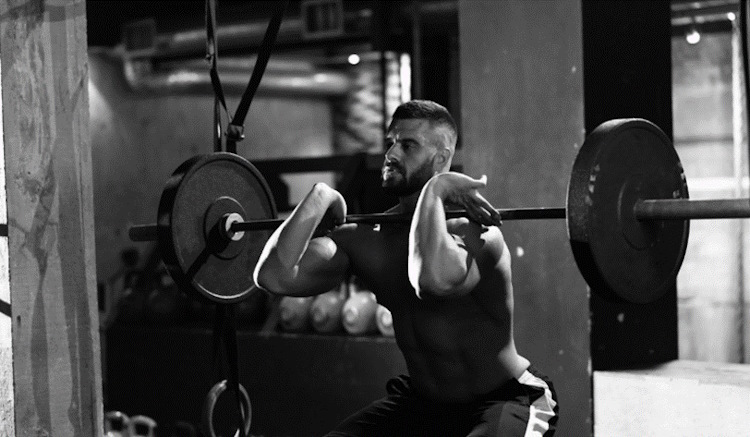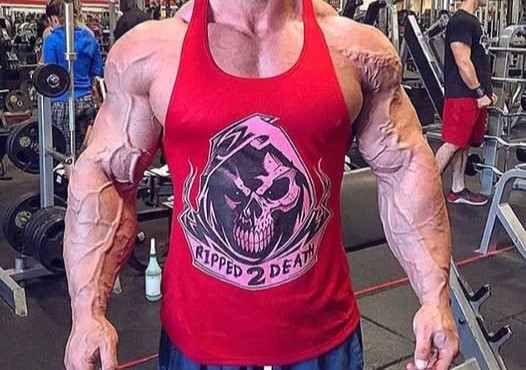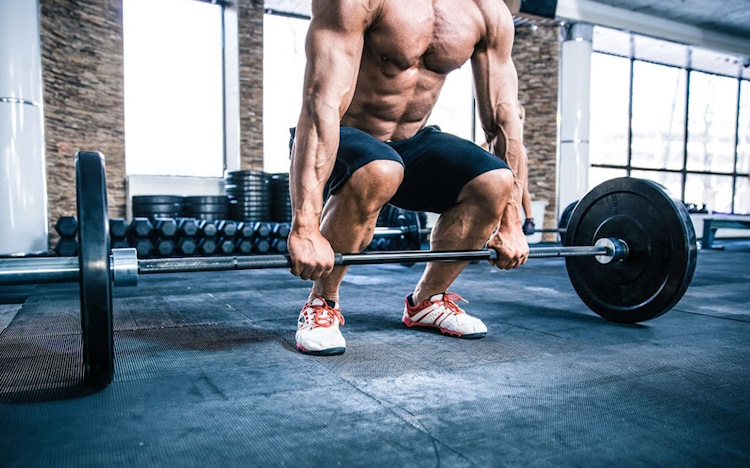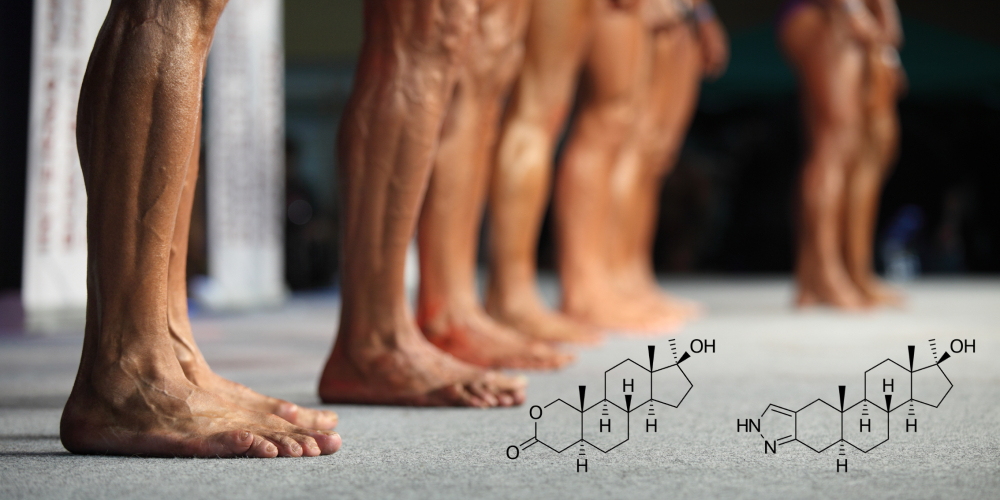Most common bodybuilding injuries and how to avoid them
Bodybuilding pushes the body to its limits, sculpting strength, aesthetics and some would even say the mind. Because of that, staying health is probably one of the most important aspects of bodybuilding. However, the sheer intensity of heavy lifting and repetitive motions increases the risk of injury, especially when we’re talking about an individual undergoing a caloric deficit. Understanding common injuries and learning how to prevent them can help you train smarter, safer and stay consistent in the gym.
Here are the most common injuries and bodybuilding, their variations and a few quick tips on how to prevent them:
Shoulder injuries
Common issues
- Rotator cuff strains/tears: overhead presses, bench presses done with poor form can strain the small muscles of the rotator cuff;
- Impingement syndrome: caused by repetitive overhead movements done in a certain angle, leading to pain and restricted motion;
Prevention tips
- Incorporate rotator cuff strengthening exercises (e.g., external rotations);
- Use proper form and use adequate range of motion during pressing movements;
- Warm up thoroughly before training, focusing on shoulder mobility;
- Limit overloading during isolation shoulder exercises like lateral raises.
Lower back pain
Common issues
- Herniated discs: heavy squats or deadlifts with poor form can cause spinal disc injuries;
- Muscle strains: overextending or improper bracing during lifts can strain the lumbar muscles;
Prevention tips
- Focus on core strengthening to stabilize the spine;
- Use a neutral spine position during all lifts;
- Start with lighter weights to master form before progressing;
- Incorporate hip mobility drills to reduce stress on the lower back.
Knee pain
Common issues
- Patellar tendonitis (Jumper’s Knee): overuse or poor squat and leg extension form can irritate the patellar tendon;
- Meniscus tears: twisting motions during squats or lunges can damage the knee’s cartilage;
Prevention tips
- Prioritize proper squat and lunge mechanics: keep knees aligned with toes;
- Strengthen supporting muscles like hamstrings and glutes;
- Avoid locking out knees during leg presses or heavy squats;
- Use knee sleeves for extra joint support if needed.
Elbow pain
Common issues
- Tennis elbow (lateral epicondylitis): overuse of the forearm extensor muscles during lifting;
- Golfer’s elbow (medial epicondylitis): pain from overloading the forearm flexors;
Prevention tips
- Gradually increase grip strength with exercises like farmer’s carries;
- Use neutral grips (palms facing each other) to reduce elbow strain;
- Avoid over-reliance on repetitive heavy curls or tricep extensions;
- Stretch forearms regularly to relieve tension.
Wrist strains
Common issues
- Tendonitis: overuse or improper wrist positioning during pressing or curling movements;
- Carpal tunnel syndrome: repetitive stress or tight grips can compress nerves in the wrist;
Prevention tips
- Wear wrist wraps for support during heavy lifts;
- Maintain a neutral wrist position to minimize strain;
- Strengthen wrists with grip exercises like wrist curls and reverse curls;
- Avoid excessive pressure from tightly gripping bars or dumbbells.
Biceps and triceps tears
Common issues
- Biceps tears: overloading during deadlifts or pull-ups can lead to a tendon tear;
- Triceps tears: sudden heavy loads during pressing movements, like bench presses, can cause injury;
Prevention tips
- Avoid jerking motions during bicep curls or pulling exercises;
- Warm up thoroughly before performing heavy presses or curls;
- Gradually increase weights instead of jumping to your maximum;
- Strengthen tendons with controlled eccentric (lowering) movements.
Other muscle strains
Common issues
- Hamstring strains: common during deadlifts or sprinting drills;
- Pectoral strains: overloading during bench presses or dips;
Prevention tips
- Prioritize dynamic warm-ups to improve muscle elasticity;
- Avoid overextending muscles during heavy lifts;
- Incorporate active recovery days to prevent overuse injuries;
- Stretch tight muscles post-workout to maintain flexibility;
Strategies to avoid injuries
Now that we’ve gone through the most common bodybuilding injuries, let’s see some general strategies to avoid injuries that are valid for the whole body:
- Warm up properly: although debated, begin each session with 5–10 minutes of light cardio and dynamic stretches to increase blood flow and prepare your body for intense activity;
- Master technique: perfect your form before increasing weight. Poor technique is a leading cause of injuries;
- Progress gradually: use the principle of progressive overload by increasing weights in small increments;
- Listen to your body: pain is a warning sign. Rest and adjust your training if you feel discomfort;
- Incorporate mobility work: regular stretching and foam rolling improve flexibility and muscle recovery;
- Stay hydrated and fuel properly: dehydration and inadequate nutrition can weaken muscles, increasing the risk of injury;
- Rest and recover: overtraining without sufficient recovery leads to fatigue and poor movement patterns. Ensure you get enough sleep and take rest days.
In conclusion, we all know muscle and soft tissue injuries can be big setbacks, but they are mostly preventable with proper training practices and self-care in the gym. By understanding the most common occurrences and adopting preventative measures, you can build strength, enhance performance, and minimize downtime spent recovering. Train smart, and enjoy long and injury-free lifting years and even decades.









